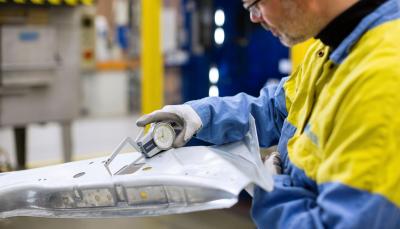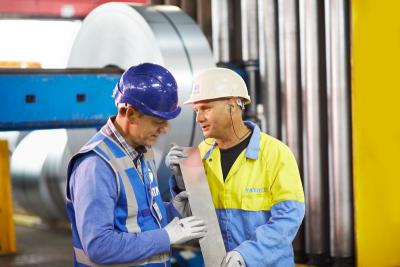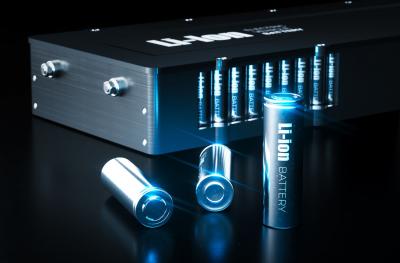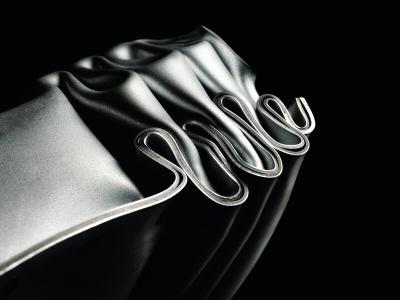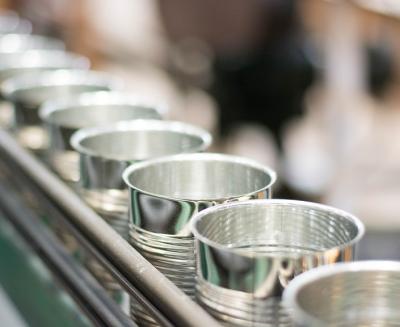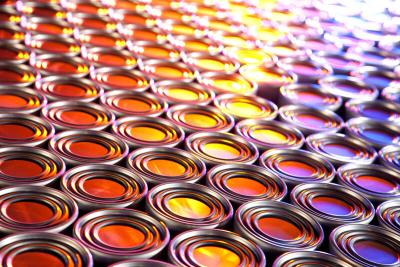The Radcliffe Camera (James Gibbs 1749) houses the Bodlian Library’s science collection and is located equidistant from Brasenose and All Souls colleges and is – apochryphally at least – partially responsible for the widely held misconception that heavy masonry buildings regulate their internal environments by utilising their mass alone.

That this last statement is in part true sustains the movement towards a demonisation of lightweight building methods and materials such as steel in favour of older and, by inference, better techniques.
.jpg)
The reality is, unsurprisingly, more complex than simple massiveness. The key factor in the effectiveness of using a building’s fabric to augment its heating or cooling is access to its mass, or – more accurately – access to selected parts of its mass.
Thermal mass debate
When the debate about thermal mass began to gain traction in the UK in particular, a great deal of emphasis was placed on the observation and subsequent argument that, for instance; churches are cool in hot weather; churches are made from stone and masonry; therefore stone and masonry are good at cooling buildings. This kind of deductive (syllogistic) reasoning ascribes an observed effect to a common characteristic of collective building typologies, such as their construction materials, but failed to account for other factors such as volume, window size, occupancy, use, servicing and so on.
Thermal mass in lightweight structures can be utilised but requires some thought in design. It has been shown that the effective depth of material, ie, the ‘accessible thermal mass’ is 100mm. Therefore in a heavy masonry structure only the first 100mm of the walls, columns floors etc. is actually actively exchanging its heat or ‘coolth’ with the air. The average steel deck supports over 100mm of concrete and coupled with the increased surface area available on the underside of a trapezoidal deck this can prove an extremely effective way of accessing thermal mass.
Furthermore a pre-finished deck using Colorcoat FD® can provide an aesthetic and reflective finish which allows direct access to the thermal mass in applications where ceiling tiles or suspended ceilings are not required.
Contrary to popular belief thermal mass isn’t necessarily free energy. Air needs to move over surfaces to facilitate transfer and sometimes this cannot be achieved without mechanical help. Where the stack or venturi effect can be used is becoming increasingly limited as external air and noise pollution levels may make natural ventilation a non-starter. However, it is generally good news. If it is possible to couple building elements as storage for cooling or heating, or both, then in most cases it is probably a good idea. For a few building types, typically highly compartmented buildings or buildings which require heavy servicing for other reasons (laboratories, data centres, food preparation etc.) there may not be an opportunity to design in sufficient air flow, without compromising safety, security or hygiene or incurring significant extra cost in order to prevent this.
Our understanding of how buildings react over the course of their lives and the day to day cycle of occupancy and use has come a long way and continues to adapt and change. There remain many facets and branches of opinion and thought on thermal mass and it continues to be a controversial subject.















